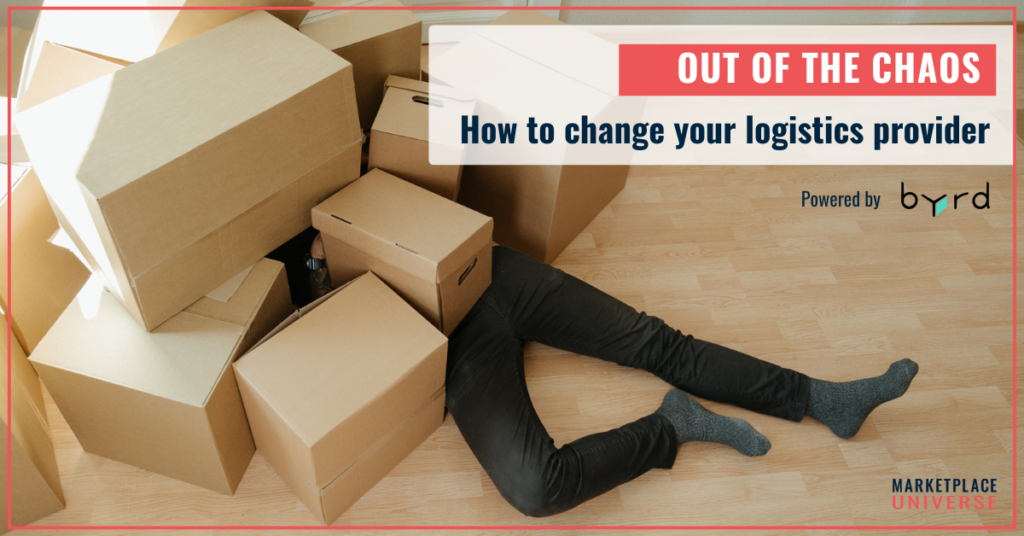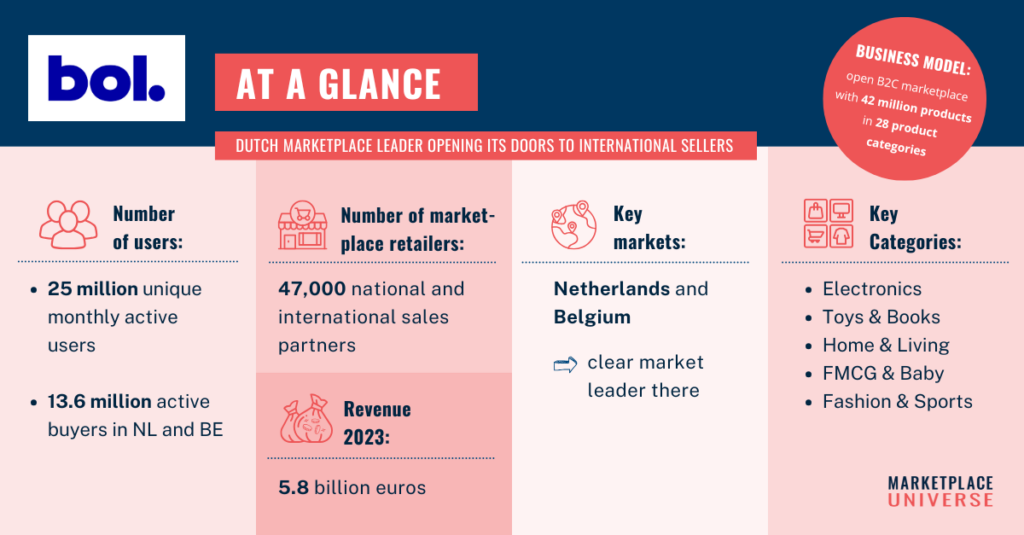Marketplace Universe News 17.02.2025 -Amazon tests opening to shops / Colizey at the end / Green light for new VAT rules
Amazon is experimenting with re-directing search queries to brands’ webshops outside of its own app. In the U.S., some Amazon customers have been presented with options to visit external online shops if they searched for products which Amazon itself doesn’t sell. The beta test seems to be directly connected to Amazon’s “Buy with Prime” initiative through which brands can integrate Prime shipping options and payment through Amazon directly into their own webshop.

